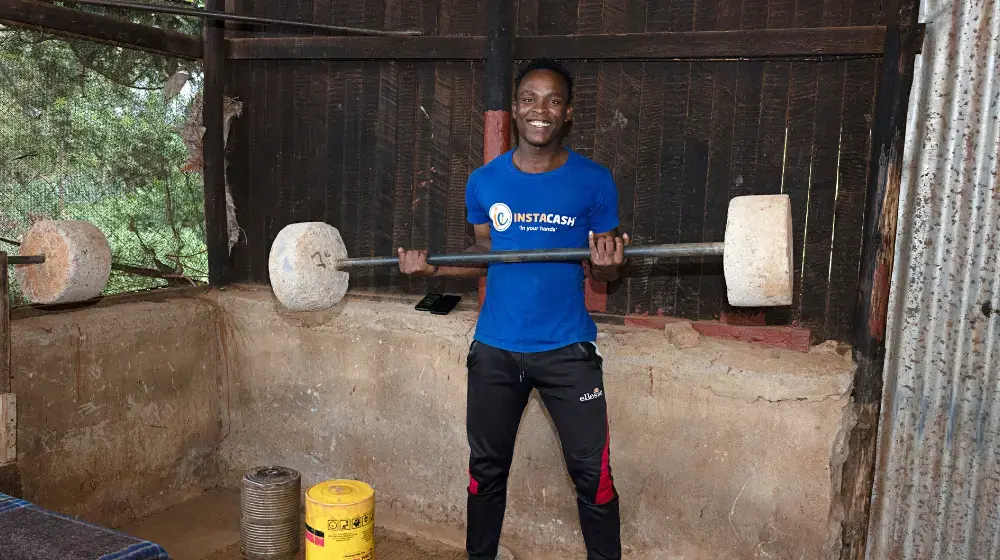UNFPA side event on ‘Young People Mixed Migration: Drivers and Implications’
International Population Conference, Cape Town ICC
CAPE TOWN, South Africa, 28 October—Young migrants are congregating in cities and no one is asking what it is that they need. Economic migrants, refugees, asylum seekers and other ‘mixed migrants’ are transiting through major city hubs, in the quest for a better future. Some have the privilege of documentation, while others do not. Some manage to use the city as a stepping stone to reach other destinations, while others shift their initial aspirations and remain in the city.
The vulnerabilities and lived experiences of this population are not well understood. In particular, little is known about the drivers of their migration or their sexual and reproductive health needs.
UNFPA and the Danish Refugee Council’s 4MI Programme are conducting a pilot multi-country research study. Primary data are currently being collected on the migration drivers, and sexual and reproductive health needs of young migrants in four urban hubs experiencing major forced and voluntary mobility – Beirut, Cairo, Nairobi and Tunis.
Migration experts from IOM, UN Population Division, academia and statistical offices gathered on October 28th at a side event to discuss this ongoing research and look at the preliminary results from Tunis.
In this city, questionnaires were administered to more than 300 young migrants who had recently arrived (75 per cent of them within the past three years). Some of the key findings of the survey are:
- More than 50 per cent of young people sampled live with people from their home country (75 per cent in the case of women) and yet just 50 per cent said they had someone in Tunis they could rely on if they had a problem;
- 57 per cent of women and 37 per cent of men found the migration experience more difficult than expected and yet, 80 per cent of women and 70 per cent of men said they would certainly have or perhaps migrated if they had known what they know now;
- Overwhelmingly, young people reported good general health, but experienced major barriers to accessing health services: one in four women and half of the men reported there were times when they felt they should have sought medical help but could not, mainly because of the associated costs;
- Sexual and reproductive health risks were identified: the majority of the young people were sexually active but they displayed poor knowledge of sexual and reproductive health, including misconceptions about contraception and HIV testing. More than one in three young people were not sure if people could take a simple test to find out whether they have HIV. Contraceptive use was limited and there was a high number of pregnancies (half of the women who had used health services) and high levels of dissatisfaction with maternal care services.
Additional data from the three other cities and from qualitative interviews with young migrants and the people who work with them will shed more light on the SRHR needs of young people in those cities. The findings from this pilot research will bring much-needed evidence on the needs and vulnerabilities of young migrants on the move, which will inform ongoing policy dialogue on this topic.





